The measurement by which the performance of a car is typically measured. It’s the kind of detail you can brag about to your friends at the pub or barbecue. It’s the factor car companies get into when they want to have a fight of strength.
I’m talking about power.
Kilowatts, horsepower, Pferdestrke (horse strength in German) - it doesn’t matter what you call it, it’s what has driven car makers since Carl Benz first came up with his horseless carriage. But we’ve come a very, very long way since the original one-cylinder two-stroke engine in the Patent Motorwagen made a mighty 0.55kW of power.
These days the search for more and more power has led the car industry to dizzying heights, as we’re about to demonstrate.
What does power mean when talking about cars?
If you want to understand exactly what power is, how it compares to torque and the connection between the two, my colleague, David Morley, has already taken a deep dive into the topic here.
But in simple terms, power rules when it comes to performance and bragging rights. Whether it’s true or not, for the average person the idea that more power equals more performance rings true.
Why is it desirable to have a high power car?
While the top cars on our list below are not identical to the fastest cars in the world we’re already told you about, there is very much a correlation between power and speed. And mankind has always had a fascination with speed.
There’s also the idea that more power helps move more metal, so if you want a bigger, more luxurious car, weighed down with more creature comforts, you’ll need more power for that too.
What is considered high power today?
Mercedes’ first car may have only made 0.55kW but, at the time of publication, the brand’s recently released AMG GT 63 S E Performance is its most powerful series production car with 620kW. But that’s nowhere close to making the cut on our list, with several brands pushing beyond the 1000kW barrier.
Is there one most powerful car in the world or are there multiple?
In a contest like this, where every kilowatt counts, naturally there is typically one car that sits above the rest. It’s a steadily rotating run at the top of the charts though, as every time a new car takes the lead it gives the rest a target to aim for.
So, what is the current most powerful car in the world at the time of publication? See below for our top-five rankings.
5. SSC Tuatara - 1300kW
Yes, that’s right, to make this list you need more than 1000kW. In fact, you need more than that figure to even crack the top-10 most powerful cars in the world list.
Keen readers of our site will remember this American-made hypercar from our list of the world’s fastest production cars. Not surprisingly though, to reach a speed of 455km/h it needs a very powerful engine and the Tuatara has that.
The engine is a 5.9-litre twin-turbo V8 that makes up to 1300kW on road-legal fuel, but switching to racing-grade methanol cracks that number up to 1650kW. Unlike so many US-made supercars, this engine isn’t a modified Chevrolet, Ford or Dodge V8 with some turbochargers bolted on for more grunt. Instead the company claims it’s a bespoke design from a company called Nelson Racing Engines, a company that has made a name for itself making some of the most powerful custom muscle cars in the USA - including a 1640kW 1968 Dodge Charger.
4. Hennessey Venom F5 - 1355kW
Hennessey made its name turning American muscle cars into the toughest cars on the street. But after installing a twin-turbo V8 in the back of a Lotus Exige and creating one of the fastest cars in the world, it decided to go all-in and create its own ground-up hypercar.
It’s called the Venom F5 and it’s powered by a pair of turbochargers attached to a 6.6-litre V8 engine to make its 1355kW (or 1817hp, if you prefer). Hennessey calls the engine ‘Fury’ - which seems appropriate given its performance - but unlike SSC, they did start with a classic American V8. The starting put was a General Motors ‘LS’ engine but it was modified extensively to achieve its mind-bending power.
Of note, despite Hennessey’s originally stated goal of the Venom F5 reaching 300mph (482km/h) it has yet to publicly be tested and verified. Although, it’s a safe bet that with 1355kW the Venom GT isn’t slow.
3. Rimac Nevera - 1427kW
If you think you need a large internal-combustion engine to make the most power, think again. In the age of electrification even the most powerful cars on the planet can be all-electric.
Of course, the Rimac Nevera is hardly a budget-friendly EV like an MG4, instead this Croatian-made machine is a multi-million dollar hypercar.
Designed and developed by electric motor master, Mate Rimac, the Nevera is powered by four liquid-cooled permanent magnet synchronous electric motors. Each motor drives a wheel and combine to produce a total power output of 1427kW.
This epic amount of power allows for it to accelerate at a ridiculous rate, taking just 2.0 seconds, and hit a top speed of 412km/h.
In fairness, we should also note that the Pininfarina Battista produces the same 1427kW because it’s built on the same underpinnings as the Nevera, using technology licensed from Rimac.
2. Lotus Evija - 1500kW
Up until now Lotus was known for its lightweight and modestly powered sports cars, never entering the upper atmosphere of the hypercar elite. But under the ownership of Chinese auto giant Geely, that’s exactly what Lotus is doing with the Evija.
A major departure from the compact, petrol-powered cars like the Elise and Exige that defined its modern era, the Evija is an all-electric hypercar making 1500kW from its four electric motors. Naturally that makes it the most powerful car Lotus has ever made.
The company got help for this technical masterpiece, with the motors fed by a 70kWh battery pack developed in partnership with Williams Advanced Engineering; the Formula 1 team’s spin-off division that is earning a reputation for its EV work.
1. Koenigsegg Gemera - 1715kW*
Perhaps the most surprising aspect of the Gemera taking the title as the most powerful production car in the world is that it’s a family car. That’s right, this is Koenigsegg’s unique take on a four-seat family hauler, making it a more practical choice than the two-seater hypercars that fill the rest of the list.
You’ll note the asterisk and that’s simply because to get the full 1715kW you need to spring for the optional powertrain choice. That’s because the standard Gemera powertrain is a 2.0-litre three-cylinder twin-turbo engine (dubbed The Friendly Giant) which combines with three electric motors (known as Dark Matter by creative folks at Koenigsegg) that makes a modest 1044kW - at least by this list’s standards.
However, if you’re willing to pay a bit extra you can replace the three-cylinder engine with a 5.0-litre twin-turbo V8, which keeps the three electric motors and ups the power to the absurd 1715kW.
Koenigsegg didn’t originally think the V8 would fit inside the Gemera but thankfully for the Swedish company and anyone who wants a road-legal car with more than double the power of a Formula One racing car, it does.



.jpg)

.jpg)


.jpg)
.jpg)
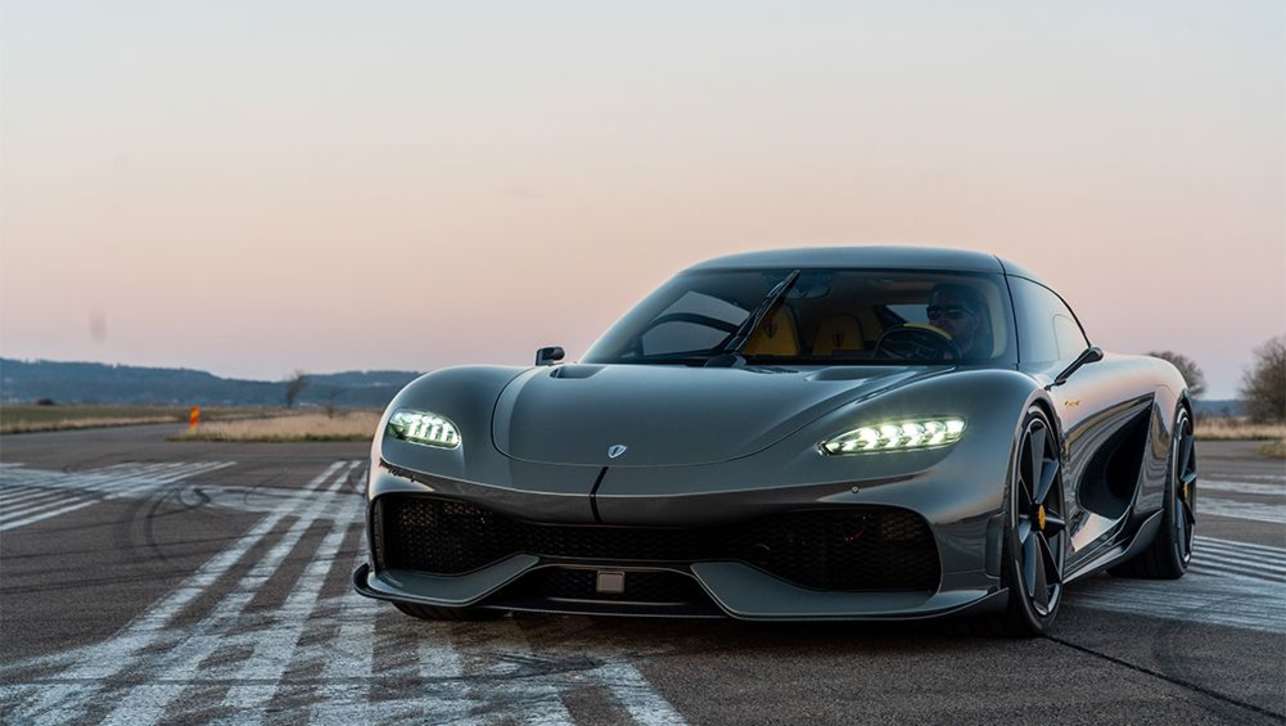
.jpg)
.jpg)

.jpg)









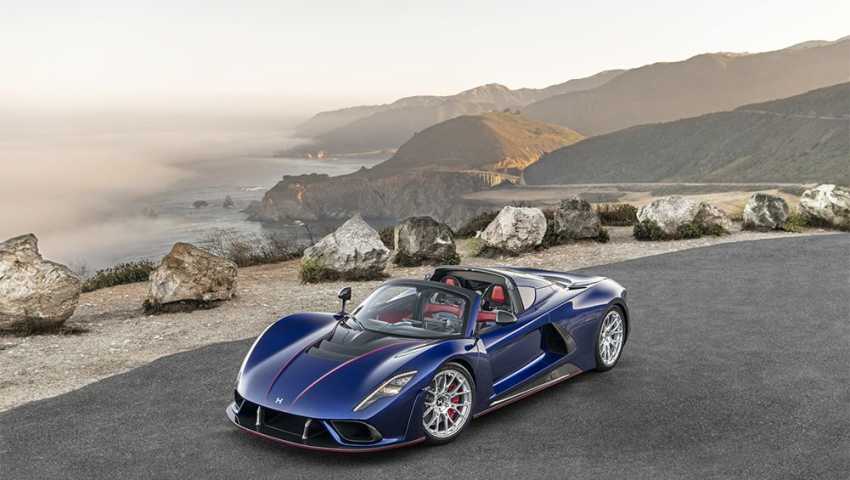

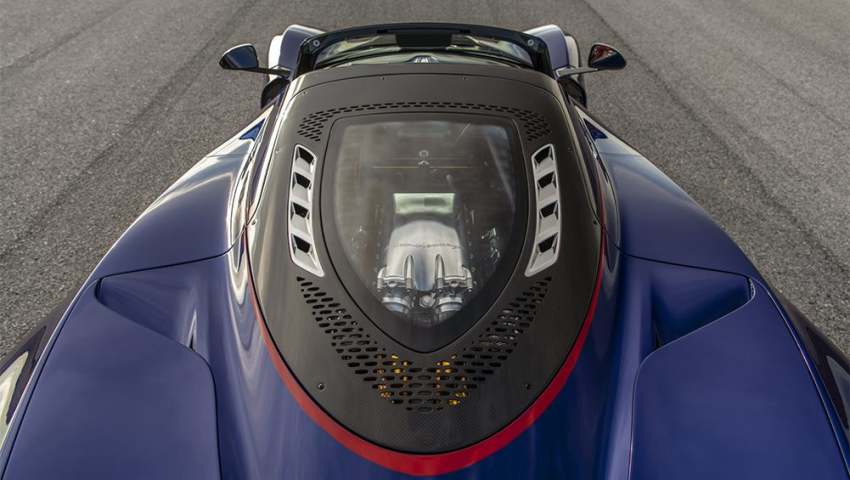










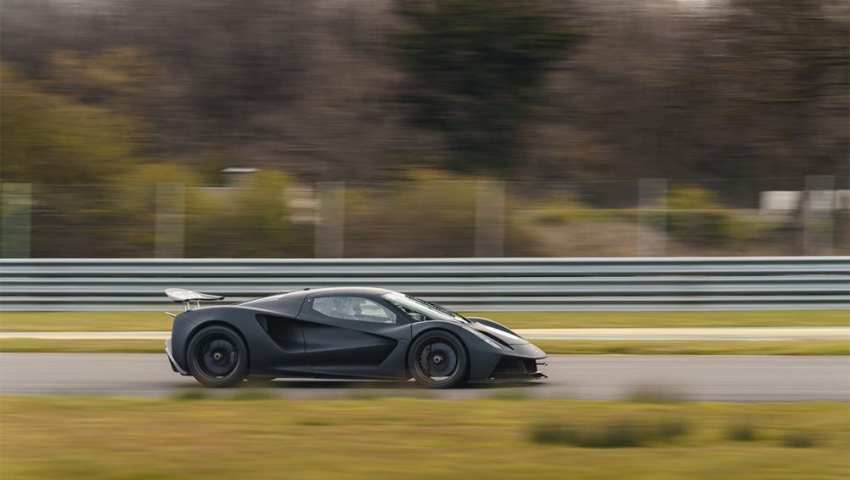








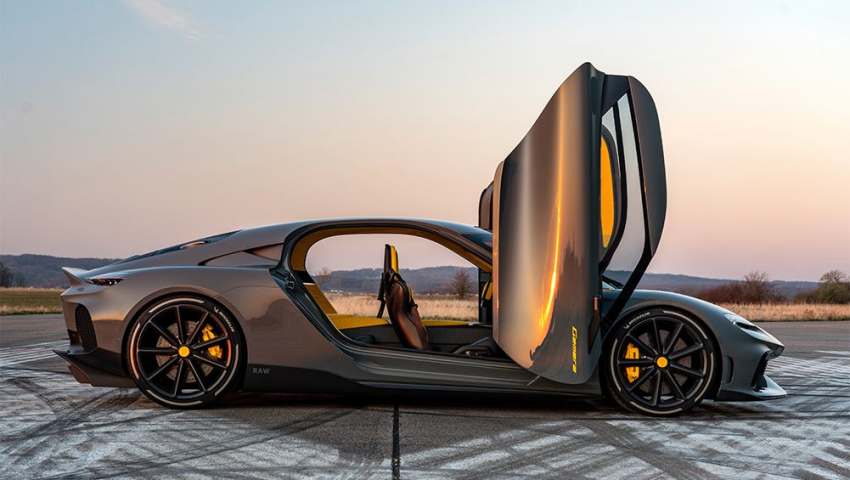




.jpg)
.jpg)
.jpg)

.jpg)
.jpg)
.jpg)





Comments